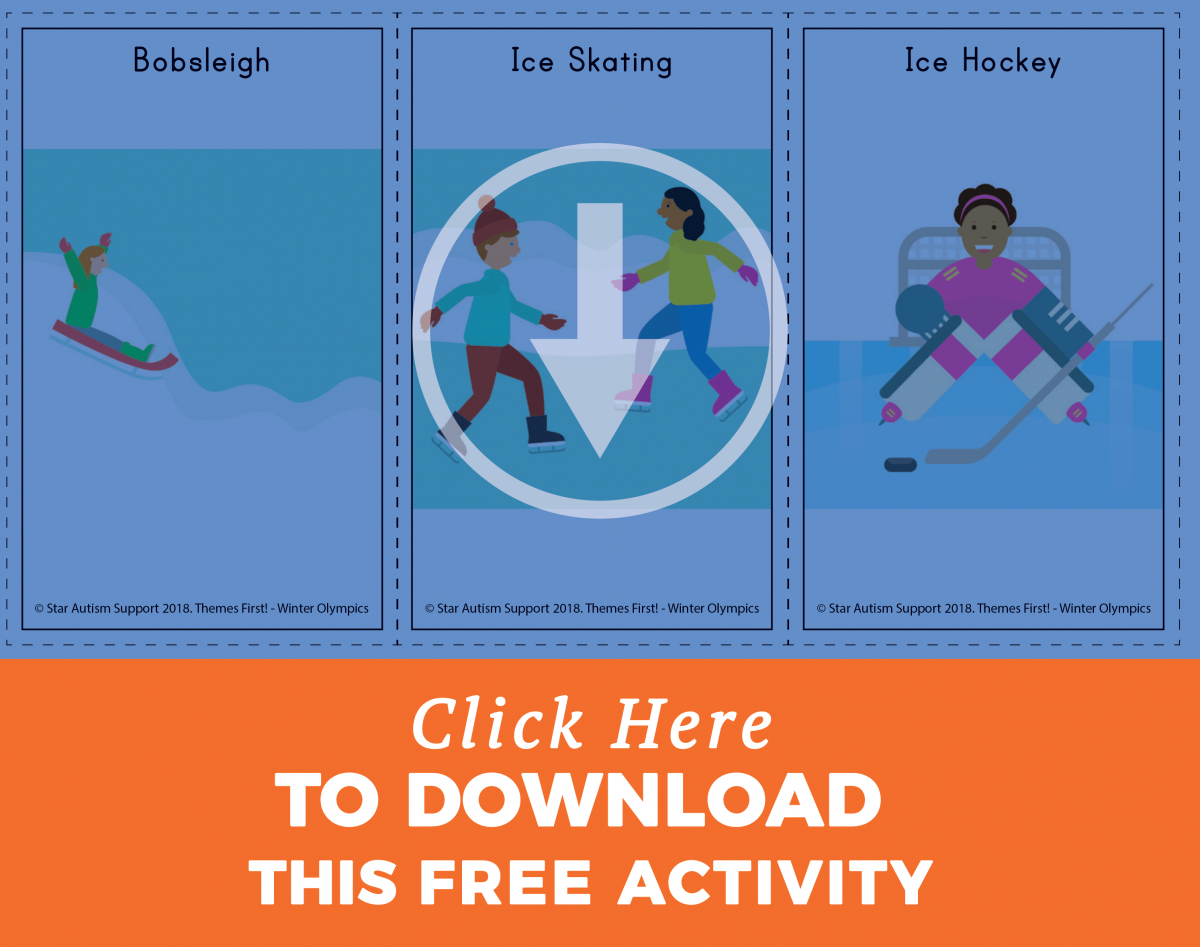8 Tips to Increase Student Learning through Movement
If there’s anything kids have in common, it’s wiggling. Students frequently have a hard time sitting still throughout the school day, but that’s not necessarily a bad thing!
Recent research suggests that learning occurs during movement. Increasing movement opportunities throughout the day can also provide a much needed “brain break,” which can improve focus in the classroom.
If you’re looking for more ways to incorporate movement throughout the day, we have some simple tips you can start integrating immediately:
#1 Use inspiration from the 2018 Winter Olympics to increase movement in your classroom. Consider a gross-motor-based activity to get students moving during circle time, morning meeting, or small group. Here’s a free Winter Sport Charades activity that’s perfect for both primary and secondary classrooms.
#2 Take a nature walk around the school building. Use a visual checklist of items they might find during the trek.
#3 Try routine relay races in your classroom or gym. Use a variety of materials. Consider integrating items that will generalize skills students are learning in routines. For example, as part of a race, students stack chairs before going onto the next step in the race.
#5 For students who aren’t sure what to do at recess or during P.E., practice each individual activity with them during a classroom simulation. Consider creating a “Recess Box” from our Routine Essentials in the Media Center for recess, P.E., and/or other recreational “free” time. Teach them each activity, provide them with a sequence to follow, and add reinforcement.
#6 Incorporate peer buddies during physical activities. Pairing up students can increase motivation and make physical undertakings more engaging!
#7 Consider breaking up a difficult discrete trial session by adding a gross motor activity in between two challenging language or activity lessons.
#8 Switch up pivotal response by adding different choices that include a physical game, swinging outside, playing with a ball, etc.
Don’t forget that movement can potentially affect adults’ brains just as deeply as it can children’s. Leading students in movement-based activities can also infuse your day with some much-needed energy.

